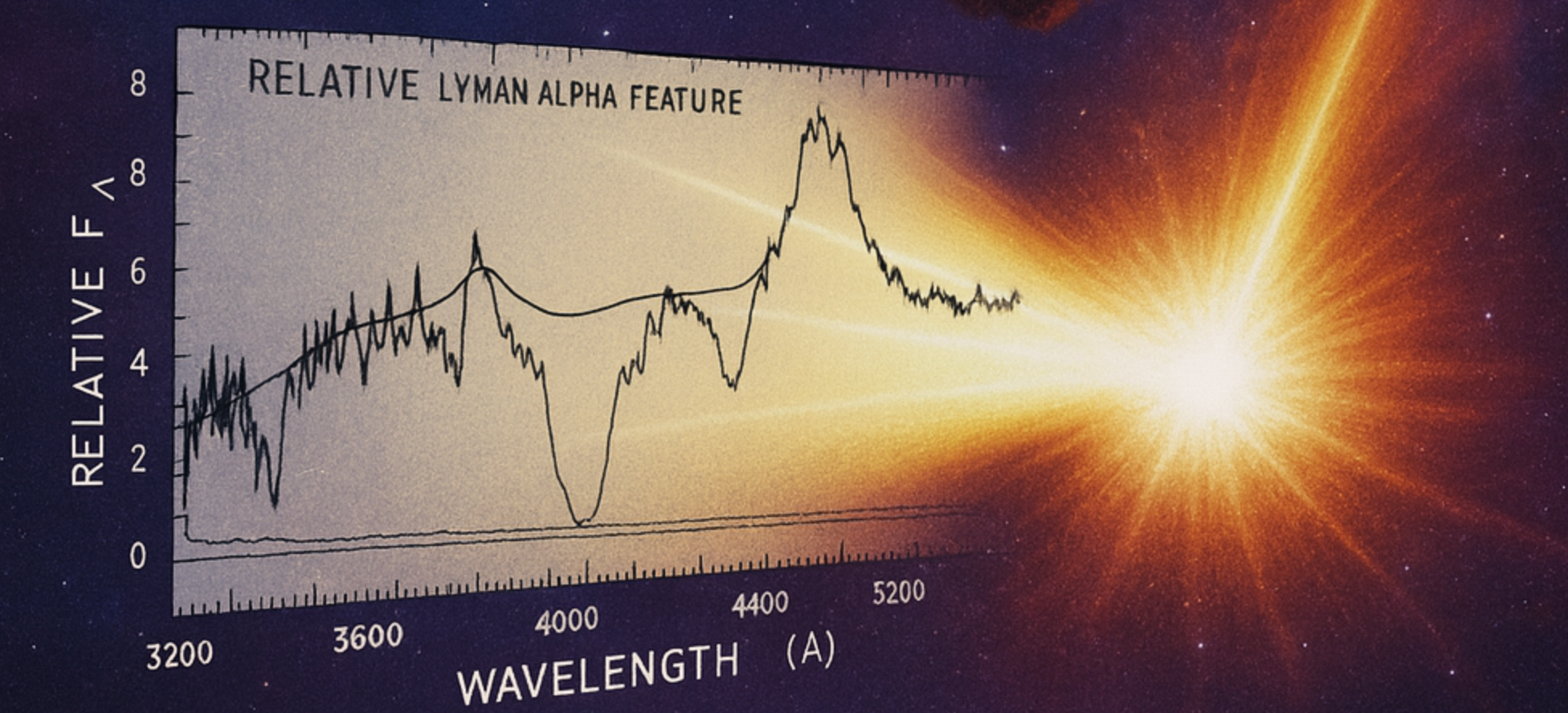Meeting Date
March 16-19, 2026
Venue
Kavli IPMU, Kashiwa, Chiba, Japan
Important Dates (approximate)
Abstract Submission Opens: 2025 Oct 14
Abstract Submission Closes: 2025 Dec 7
Notification of Contributed Talks: 2026 Jan 9
Overview
Historical Context and Scientific Vision
Nearly four decades have passed since Arthur Wolfe and colleagues established the systematic study of Damped Lyman Alpha (DLA) systems, seeking to unveil the neutral gas reservoirs that shape the galaxies we observe today. What began as a search for high-redshift galactic disks has blossomed into a rich field connecting the cosmic baryon cycle across multiple scales—from the densest neutral hydrogen concentrations to the diffuse cosmic web, and from the low-redshift circumgalactic medium to the epoch of reionization. We hope to honor this legacy while looking forward to an era of exciting new observational capabilities and theoretical advances.
Conference Objectives
This meeting will bring together a diverse community of observers, theorists, and instrumentalists to synthesize our evolving understanding of gas (with emphasis on HI) across cosmic history. We aim to bridge traditional absorption-line techniques with emerging methodologies—from HI tomography and extended-source spectroscopy to JWST proximate DLA detections and next-generation radio facilities. By connecting DLA science to broader questions of galaxy fueling, the circumgalactic medium, and the cosmic web, we seek to establish a holistic view of how baryons cycle through galaxies and their environments.
Key Science Themes
The meeting will explore the nature of HI absorbers through complementary lenses: their role as star formation reservoirs, their connection to host galaxies spanning dwarf systems to massive disks, and their three-dimensional structure revealed through multiple sightlines and spatially extended sources. We will examine HI gas both in absorption (e.g. DLAs, Lyman Limit Systems, and the Lyman-α forest) and in emission (Lyman-α halos, cosmic web filaments), while confronting observations with predictions from state-of-the-art hydrodynamical simulations. Special emphasis will be placed on DLAs at the highest redshifts where they probe reionization physics, the metal-enrichment history traced through detailed abundance patterns, and the transformative potential of upcoming facilities including the Square Kilometer Array. By fostering dialogue across traditional disciplinary boundaries—from pencil-beam quasar spectroscopy to wide-field emission mapping—we aim to advance our understanding of how gas accretion, internal processing, and feedback shape galaxy evolution while accounting for the full baryon census across cosmic time.
Invited Speakers
- Claude-André Faucher-Giguère (Confirmed)
- Michele Fumagalli (Confirmed)
- Johan Fynbo (Confirmed)
- Nissim Kanekar (Confirmed)
- Haruka Kusakabe (Confirmed)
- Celine Peroux (Confirmed)
- Max Pettini (Confirmed)
- Jacqueline Van Gorkum (Confirmed)
Scientific Organizing Committee (SOC)
J. Chris Howk, Akio Inoue, K.G. Lee, Kana Morokuma, Kentaro Nagamine
J. Xavier Prochaska, Kate Rubin, and Jessica Werk [All plan to attend]
Local Organizing Committee (LOC)
K.G. Lee, J. Xavier Prochaska, Rahul Ramesh

